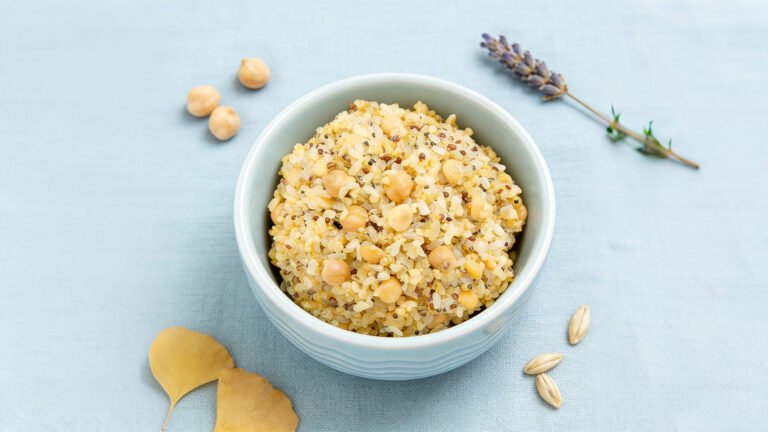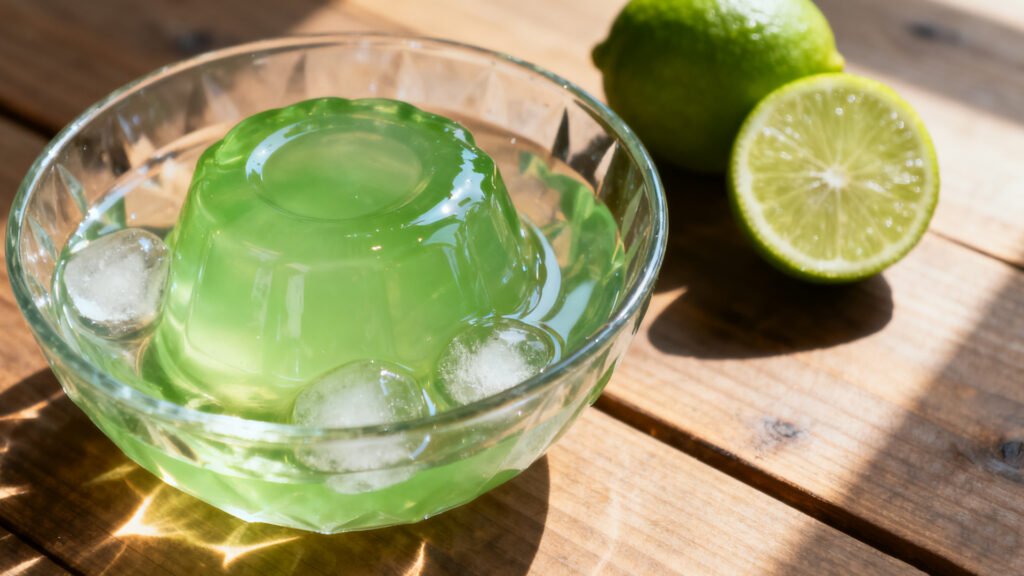
Contact Us through info@lovekonjac.com
Konnyaku jelly is made from mixing water and the corm of the konjac plant, which works as a gelatin substitute thanks to its fiber and starch content.
Afterward, companies that manufacture konnyaku jelly products add flavorings and sugar substitutes to create a gelatin-like snack that provides fiber and has minimal calories.

Konnyaku may help support healthy cholesterol levels, “similarly to how soluble fiber in oats might,” Hunnes says.https://pubmed.ncbi.nlm.nih.gov/28356275/
A study found that the fiber in konjac may also help treat constipation, though that study only looked at seven people. https://pubmed.ncbi.nlm.nih.gov/18460488/
While fiber intake has been associated with lower body weight, that doesn’t necessarily mean konnyaku jelly will help you slim down. https://pubmed.ncbi.nlm.nih.gov/23885994/
A study of 53 overweight and moderately obese participants found that the glucomannan in konnyaku jelly had no significant effect on weight loss. https://www.ncbi.nlm.nih.gov/pmc/articles/PMC3892933/
It’s also worth noting that many konnyaku jelly products currently on the market contain little to no fiber. They’re mainly just sweetened treats — not a fiber-filled snack.
If you’re looking to get the benefits of dietary fiber, reach for shirataki noodles instead.
Shirataki noodles have several health benefits. They are extremely lowow in calories, carbohydrates, fat, sugar, and protein. They are also gluten-free and suitable for vegan diets, keto diets,diabetics, and weight loss. The key health advantage of shirataki noodles lies in their glucomannan fiber content. Fiber, in general, is associated with various health benefits, such as reducing cholesterol levels, suppressing appetite, and facilitating weight loss.
Energy (kcal) | 8.4 |
Energy (kJ) | 35 |
Protein | 0 g |
Carbohydrate | 0.2 g |
Total Fat | 0 g |
Sodium | 2.8 mg |
Dietary Fibre | 3.9 g |
Yes, konjac jelly can pose a choking hazard, particularly for young children and the elderly. The texture and consistency of konjac jelly make it difficult to melt in the mouth, and some products even require chewing to break down the gel. If consumed with excessive force or without proper chewing, there is a risk of the jelly becoming lodged in the trachea and causing suffocation.
Several incidents of deaths and near-deaths occurred in the San Francisco Bay Area, among children and elderly people caused by suffocation while eating konjac candy, the U.S. Food and Drug Administration (FDA) issued product warnings in 2001, and there were subsequent recalls in the United States and Canada. Choking and intestinal blockage risk warnings have been published on more recent websites.
https://www.webmd.com/vitamins/ai/ingredientmono-205/glucomannan
Unlike gelatine and some other commonly used gelling agents, konjac fruit jelly does not melt readily in the mouth. Some products form a gel strong enough to require chewing to disintegrate the gel. Though the product is intended to be eaten by gently squeezing the container, a consumer can suck the product out with enough force to unintentionally lodge it in the trachea. Because of this hazard, the European Union and Australia banned konjac fruit jelly.
Some konjac jelly snacks are not of a size and consistency that pose a choking risk but are nonetheless affected by government bans. Some products that remain in East Asian markets have an increased size, unusual shape, and more delicate consistency than the round, plug-like gels that were associated with the choking incidents. The snacks usually have warning labels advising parents to make sure their children chew the jelly thoroughly before swallowing.
Japan’s largest manufacturer of konjac snacks, MannanLife, temporarily stopped producing the jellies after a 21-month-old Japanese boy choked to death on a frozen MannanLife konjac jelly. 17 people died from choking on Konjac between 1995 and 2008. MannanLife konjac jelly’s packaging bag now shows a note to consumers, advising them to cut the product into smaller pieces before serving it to small children.
In 1999, Michelle Enrile, 12, from San Jose, CA, choked on a piece of Konjac gel candy. She lapsed into a coma and died two years later. The Enriles won a $16.7 million judgment against the Taiwanese manufacturer of the candy.
https://www.sfgate.com/bayarea/article/Candymaker-liable-in-girl-s-death-Jury-awards-2648821.php